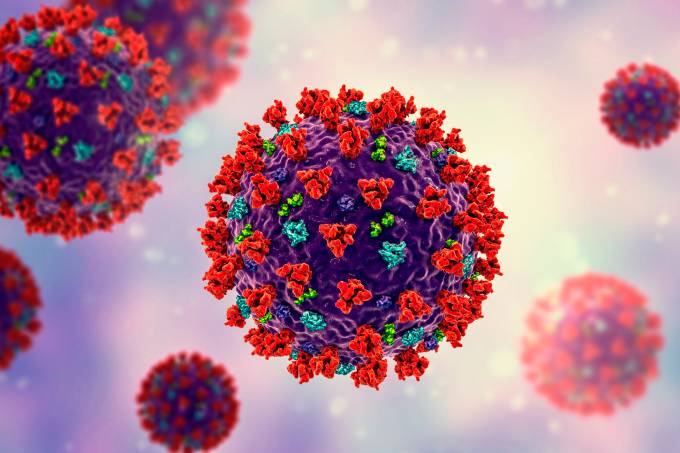Protocol Detail


ACUTE MYOCARDIAL INFARCTION
Acute myocardial infarction is the medical name for a heart attack
Diagnosis
Rapid assessment is paramount.
Maintain high index suspicion- most “infarcts” are atypical, especially in diabetics!
May look very well!
EGG is only about 70% sensitive for Acute Myocardial Infarction!
ECG changes to be wary of early include:
· Increased ventricular activation time with interval from QRS start to apex of R-wave >0.045 seconds
· Increasing height of R-wave
· Upward sloping of ST segment or
· Tall wide T-waves.
High-risk groups include:
· Known Ischaemic heart disease
· Positive angiography or stress test,
· Previous acute myocardial infarction
· Strong family history
· Hypertension,
· Hyperlipaemia,
· Smokers
· Diabetics
Aim is to relieve pain, prevent/treat arrhythmias early and reperfuse damaged tissue as soon as possible.
Be on the lookout for complications (eg arrhythimias, heart failure, reperfusion arrhythmias etc).
Diagnosis of Acute myocardiao infarction requires two of:
· Cardiac type pain,
· Evolutionary ECG changes,
· Rise and subsequent fall in cardiac enzymes
Management
1. ABC’s and Resuscitation as indicated,
2. High flow oxygen,
3. Continuous monitoring,
4. Immediate IV access,
5. FBC, U&E’s, LFT’s, Coagulation profile, group and return
6. Immediate ECG
7. CXR,
8. Aspirin 300mg (if not already given)
9. Analgesia:
· Nitrates (GTN Spray/tabs. If SBP > 100 mmHg.),
· IV Morphine 2.5 mg IV in increments with Maxalon 10 mg IV,
· Nitrate infusion IV GTN 25 mg in 50 ml 5% Dextrose. Infuse at 0.6ml/hr and gradually increase against effect avoiding hypotension.
10. Thrombolysis as soon as possible if indicated (Aim to start in less than 30 minutes from presentation):
· Senior medical staff should generally to present,
Indications:
o Cardiac sounding chest pain >20 minutes duration within the last 12 hours with
o ST elevation in 2 or more adjacent leads (1mm in limb leads, 2 mm in chest/V leads) or
o New Left Bundle Branch Block
o No contraindications to therapy:
Contraindications:
o Actively bleeding ulcer,
o Intracranial surgery within 2 months or known intracerebral AV malformation,
o Major trauma or prolonged CPR in previous 2 weeks,
o Previous haemorrhagic stroke or sub-archnoid haemorrhage at any time or thrombotic stroke within the last 6 month.
Relative contraindications include: pregnancy, known bleeding diathesis, persistent hypertension with Diastolic blood pressure >110mmHg that cannot be controlled and proliferative diabetic retinopathy,
Tenecteplase:
o Given as a bolus dose over 10 seconds,
o Commence EITHER Heparin OR Clexane:
o Heparin infusion at:
IV Heparin stat. bolus 60 units/kg (max 4000 units)
12 units/kg/hour (max 1000 units/hr) to maintain APTT at 1.5-2 (50-70 seconds),
o Clexane:
IV bolus of 30mg with SC dose 1 mg/kg; then SC 1 mg/kg twice daily (max 100 mg) UNLESS:
If >75 years and normal renal function reduce twice daily dose to 0.75 mg/kg,
If > 75 with CrC1 <30 mil/min reduce twice daily dose to 1 mg/kg Daily (max 75mg),
If <75 with CrC1<30 mil/min reduce twice daily dose to 1 mg/kg Daily (max 100mg),
11. B-blockade with Metoprolol 2.2-5 mg IV until HR < 70 bpm, (unless contraindicated- decompensated CCF, Asthma, HR < 70 bpm), if any two of:
· Ongoing pain not responsive to nitrates,
· Sinus tachycardia > 110bpm or
· Systolic blood pressure > 180
12. Supplemental if < 4.0mmo1/1 (hypokalaemia increase risk of dysrhythmias) with IV infusion of 20 mmol KC1 in 100mLs N.Saline over 1hour,
13. Repeat ECG 1 hour post thrombolysis or immediately if any arrhythmias or pain,
14. Beware of complications (especially during thrombolysis): arrhythmias, heart failure, hypotension and treat as appropriate,
15. Hypotension is not always cardiogenic! Inferior Acute myocardial infarction with hypotension may be due to reduced preload (Right Ventricular Infarction) and fluid challenge. Resuscitation is indicated,
16. Consider transfer to tertiary centre for angioplasty or stents.









